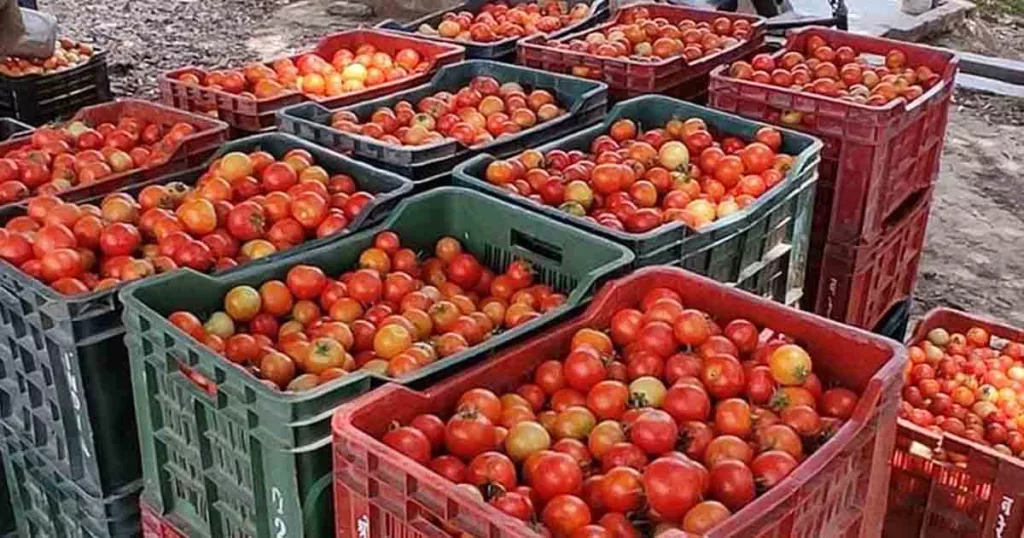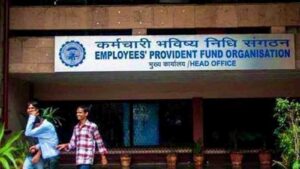Junnar’s Tomato Sales Hit Historic High with Rs 101 Crore Turnover in June and July 2023

In the months of June and July 2023, an unprecedented milestone was achieved in the tomato industry as crates of tomatoes, each weighing twenty kilograms, commanded an exceptional market value ranging from one hundred rupees to an astonishing three and a half thousand rupees.
This remarkable occurrence had a far-reaching impact, sparking discussions and garnering attention nationwide about the tomato sub-market in Narayangaon, Junnar. The soaring tomato prices led to a substantial windfall, resulting in a record-breaking turnover of Rs 101 crores. This impressive feat was accomplished through the purchase and sale of an astounding 12 lakh 87 thousand 875 tomato crates within a span of sixty days during June and July 2023.
The reverberations of this unprecedented event were profound, transforming ordinary farmers into millionaires and creating a significant ripple effect throughout the sub-markets. The surge in market prices prompted the intervention of the central government, highlighting the critical role of the tomato sub-market in Junnar’s Ambegaon taluka.
Since 1985, this region has been a prolific producer of hybrid tomatoes, particularly during the summer season, with tomato harvesting taking place from March through the end of August.
Annually, the sub-market witnesses a substantial turnover of approximately two hundred crore rupees from the sale and purchase of tomatoes. Notably, the previous highest price for a tomato crate was Rs 1500, recorded in July 2017. However, this year marked an unprecedented milestone in the sub-market’s history, as the tomato crate fetched an astonishing record price of three and a half thousand rupees.
The farmers who engaged in tomato harvesting during the months of June and July reaped unexpected rewards, effectively winning a lottery through their bountiful crop.
In essence, this historic achievement, led by farmers like Shreyas Vange, underscores the dynamic nature of agricultural markets and the potential for significant economic transformation within rural communities.










